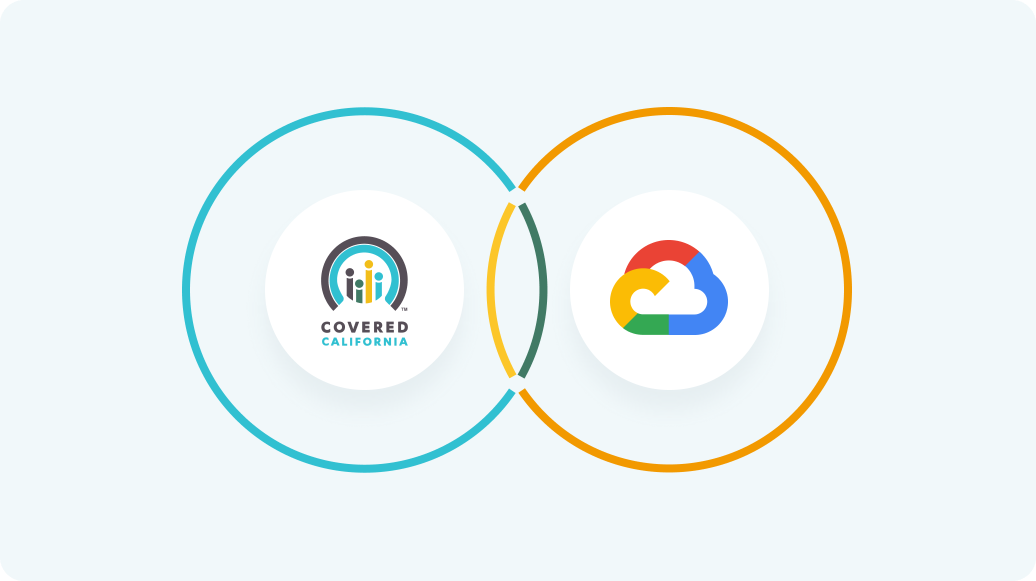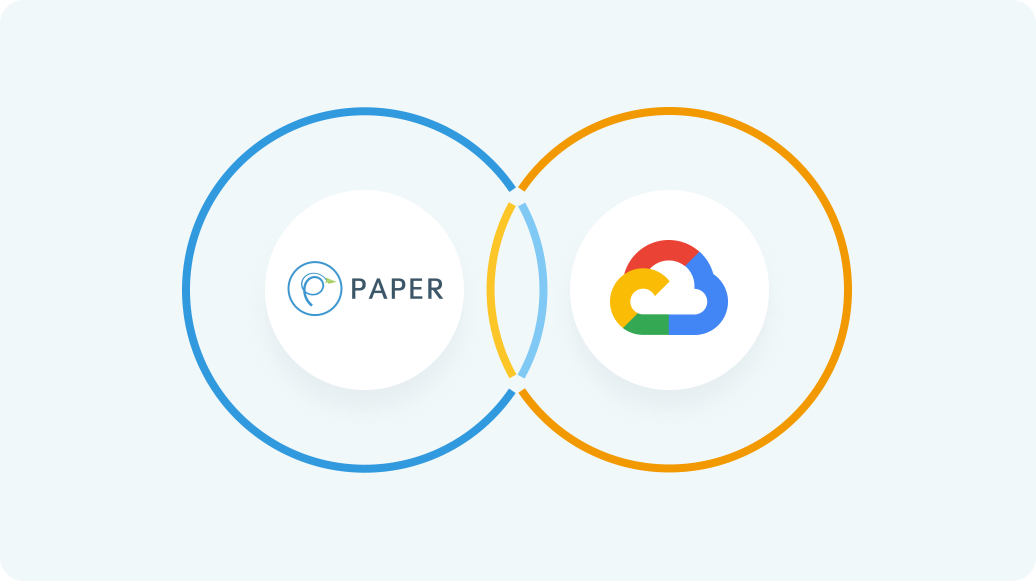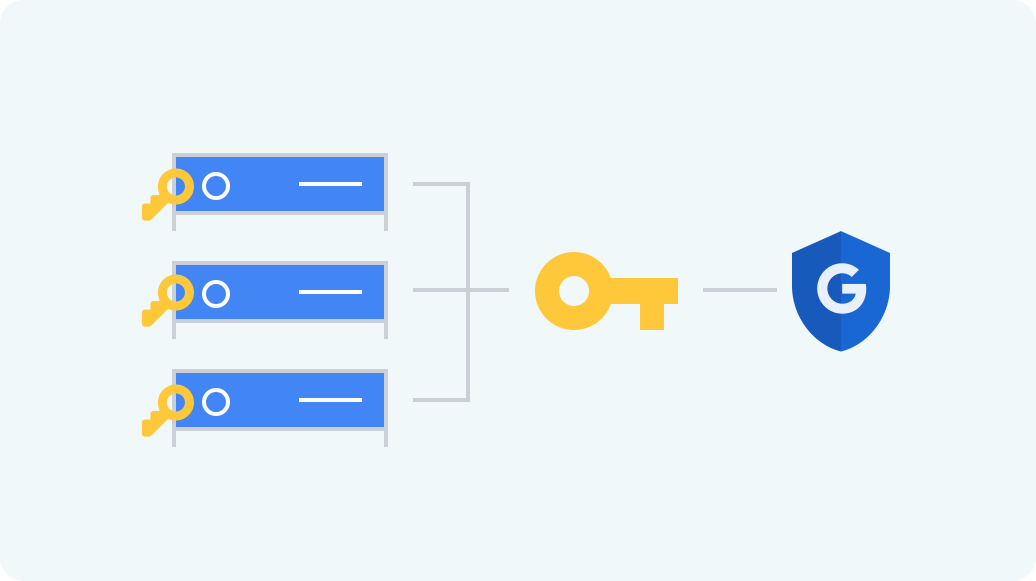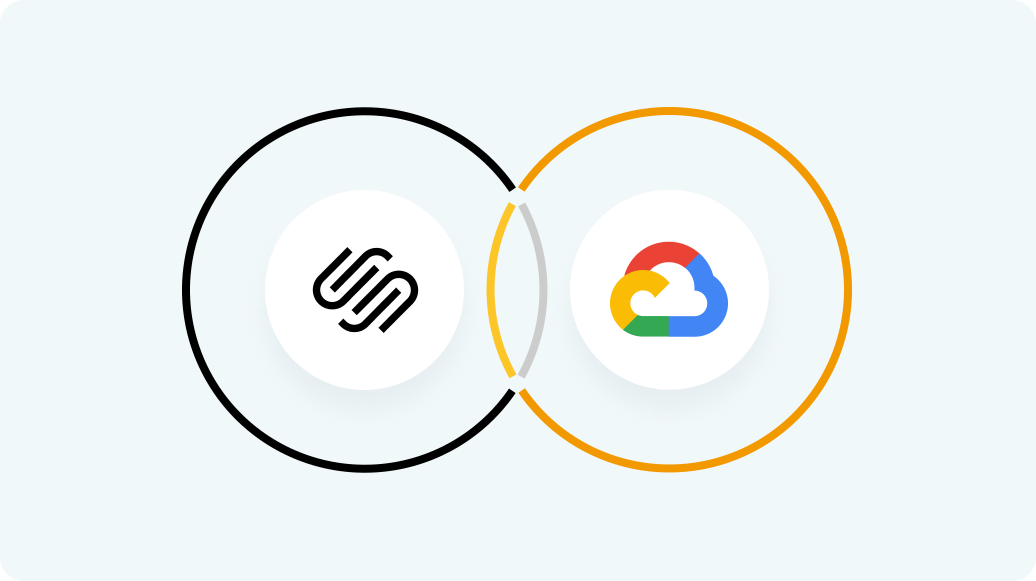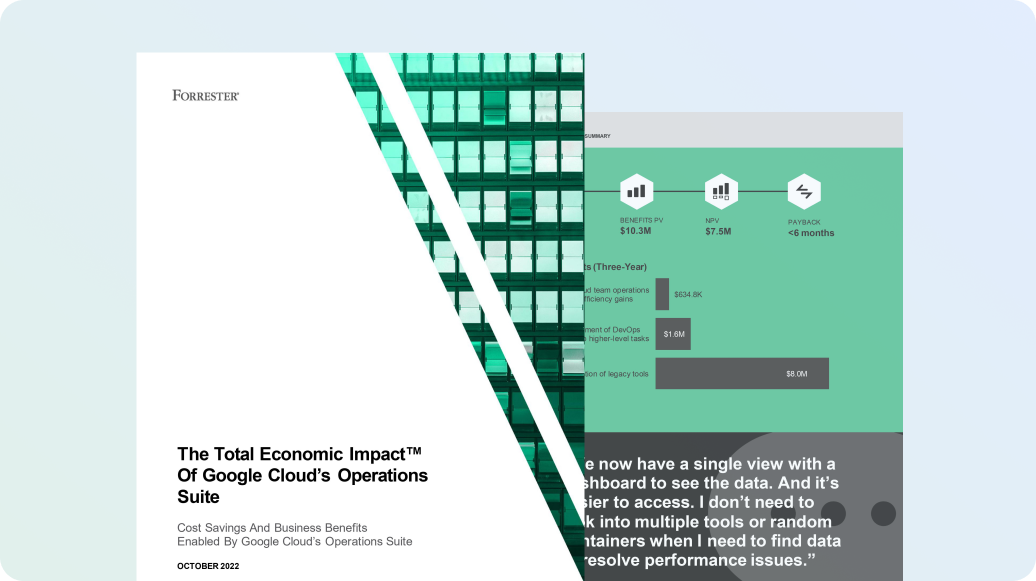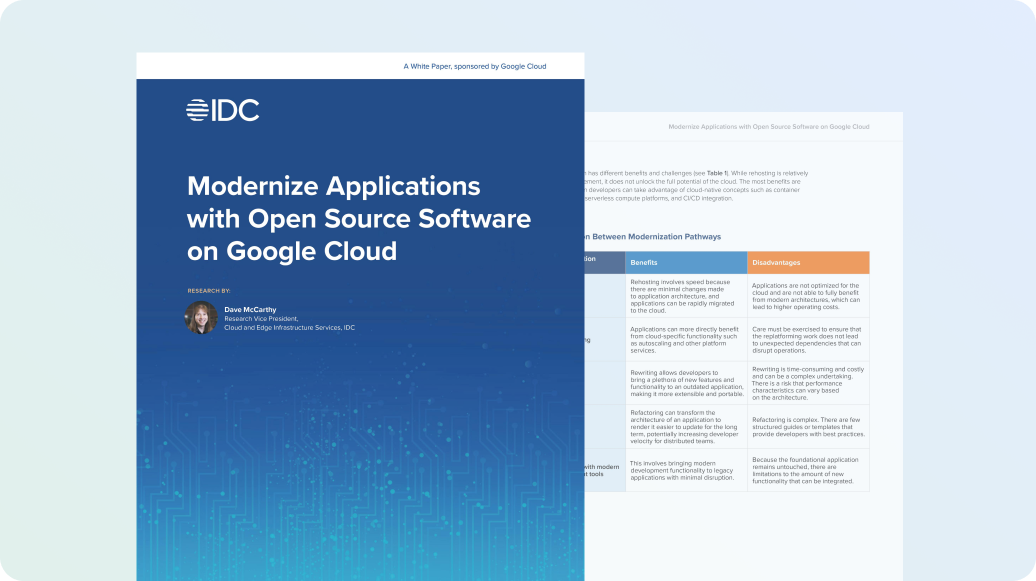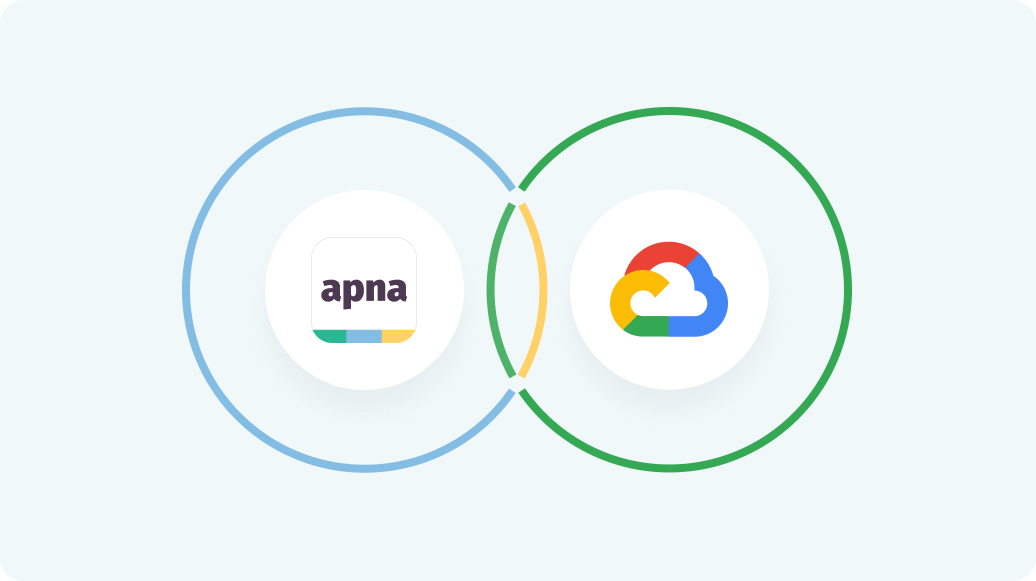AELF, by leveraging the infrastructure and security capabilities of Google Cloud, provides its blockchain solutions with higher service availability and security while reducing costs and operational workloads.
As blockchain-based products like decentralized applications (dApps), non-fungible tokens (NFTs), and digital currencies become increasingly popular, blockchain technologies are also evolving in performance and accessibility. Aiming at advancing Web3, a decentralized and open internet, blockchain technology providers are finding ways to facilitate the commercial adoption of blockchains for businesses.
Founded in 2017, AELF’s advanced blockchain technology enables businesses to overcome technical barriers when developing their blockchain-based products. Combining several innovative elements, AELF created a layer-1 blockchain that supports faster transactions and higher interoperability across dApps. Currently enabling more than 700,000 daily on-chain transactions, AELF also supports the developer community with the provision of grants and an ecosystem fund aimed to help traditional organizations transit to Web3.
“Offering cloud-native blockchain solutions, we need to deploy our services in a cloud environment that is highly scalable, available, secure and supports efficient operations. Google Cloud ticks all these boxes, and its team always provides timely technical support to help us work smoothly.”
—Jason Wang, Head of Technology and R&D, AELF
“There are several technical challenges when it comes to blockchain adoption, such as slow processing speed on traditional layer-1 blockchains and the lack of interoperability between dApps built on layer-1 and layer-2 blockchains,” explains Jason Wang, Head of Technology and R&D at AELF. “We have been solving these problems by using various technologies to deliver efficient and scalable blockchain solutions that businesses can swiftly leverage to build their blockchain-based products.”
To increase the adoptability and stability of its blockchain solutions, AELF decided to move part of its global node network to Google Cloud, because it provides infrastructure autoscaling capabilities and clear documentation.
“Offering cloud-native blockchain solutions, we need to deploy our services in a cloud environment that is highly distributed, scalable, available, secure and supports efficient operations,” notes Wang. “Google Cloud ticks all these boxes, and its team always provides timely technical support to help us work smoothly.”
Supporting high infrastructure scalability and availability with Compute Engine and Cloud SQL
In mid-2023, AELF swiftly completed the migration to Google Cloud within a month. During and after the migration process, its partner Searce offered prompt responses to any technical issues that the AELF team encountered, helping the team become proficient in using new cloud tools in a short period of time.
“At first, our team was not quite familiar with the Google Cloud products and faced some challenges with billing account setup and software installation. Thanks to Searce’s proactive assistance, we’re able to start running our services in Google Cloud within the planned timeline,” notes Wang.
Now, AELF leverages the encrypted virtual machines (VMs) in Compute Engine as the servers for its blockchain services. Wang says that since both Compute Engine and Cloud SQL support high and automated scalability, AELF is able to ensure great availability with less operational effort.
On top of that, encrypting VMs in Compute Engine is easier than on the cloud platform that AELF previously used. To run dApps and ensure security, AELF needs to encrypt all its VMs, but doing so before the migration required a number of extra settings. With Compute Engine, the AELF engineers only have to check a few boxes when launching a VM to complete the encryption, which has helped shorten the deployment time.
Enhancing service availability with Cloud Load Balancing and VPC
To further enhance the availability of its blockchain services, AELF uses Cloud Load Balancing to proxy back-end websites. When one VM encounters issues, AELF’s users will be automatically redirected to another VM and continue enjoying smooth service. Overall, Cloud Load Balancing has helped AELF increase its service availability.
In addition, AELF adopts Virtual Private Cloud (VPC) to isolate the networks of different projects, which not only helps enhance security through private networks but also prevents projects from affecting each other. This way, AELF can ensure that when one issue occurs, other projects will not be impacted. Its service stability is therefore strengthened.
“Cyberattacks not only incur additional operational costs but also lowers user trust. Cloud Firewall has significantly reduced the number of attacks that could potentially reach our services and helped us react to network security threats with higher efficiency.”
—Jason Wang, Head of Technology and R&D, AELF
Consolidating security with Cloud Firewall and IAM
For a blockchain technology provider like AELF, security is one of its top priorities. Cyberattacks are common in the dApp industry, and to safeguard security, the team adopted Cloud Firewall to implement rules shielding its services from cyberattacks. With Cloud Firewall, AELF has been able to significantly improve its prevention of cyber attacks.
“Cyberattacks not only incur additional operational costs but also lowers user trust,” says Wang. “Cloud Firewall has significantly reduced the number of attacks that could potentially reach our services and helped us react to network security threats with higher efficiency.”
“Google Cloud provides us with strong cloud infrastructure and security support to ensure smooth operations of our innovative blockchain services. Blockchain is a fast-evolving domain, and we’re confident that Google Cloud can help us stay ahead of trends with its high-performance cloud tools.”
—Jason Wang, Head of Technology and R&D, AELF
AELF also leverages Identity and Access Management (IAM) to realize meticulous access control by granting access to its employees at a resource level. This way, its employees are only authorized to access Google Cloud resources that are related to their work. By limiting access rights of each employee account, AELF is able to further reinforce the security of its blockchain services.
Wang notes, “Google Cloud provides us with strong cloud infrastructure and security support to ensure smooth operations of our innovative blockchain services. Blockchain is a fast-evolving domain, and we’re confident that Google Cloud can help us stay ahead of trends with its high-performance cloud tools.”
